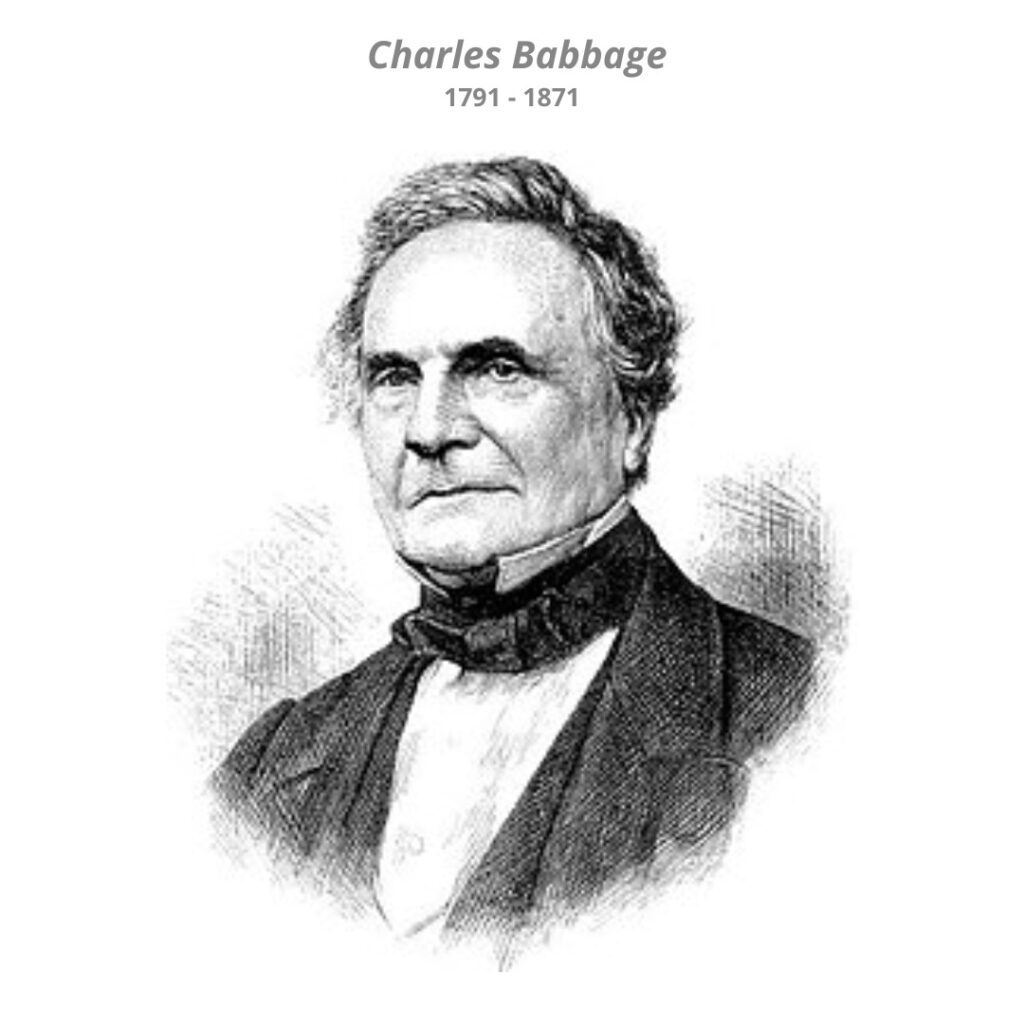Charles Babbage: the inventor of the first mechanical calculator

Today we want to tell you the story of Charles Babbage, the genius who invented the first mechanical calculator: the differential machine. This machine was capable of calculating and printing mathematical tables with unprecedented accuracy.
But how did it work? And why was it so important?
Let's find out together.
Charles Babbage was an English mathematician and engineer, born in 1791.
From a young age, he became interested in mathematics, mechanics and devoted himself to the study of number tables, which were used to simplify scientific and astronomical calculations. However, these tables were often full of human error. Babbage then thought of creating a machine that could automate the process of calculating and printing the tables, thus eliminating the risk of errors.
In 1822 Babbage built a small prototype of his differential machine, which could compute tables of quadratic functions. The following year, the June 14, 1823, he presented his project to the Royal Astronomical Society, receiving approval and financial support from the British government.
This event marked an important step forward in the story of information technology.
The differential machine had to be able to calculate tables of polynomial functions of any degree, using the finite difference method.
The differential machine consisted of two main parts: the engine and the mill.
The motor was the part that supplied power to the machine via a crank or treadle wheel; The mill was the part that performed calculations via a series of gear wheels representing the decimal digits of numbers.
The differential machine was aingenious and innovative work, but also very complex and expensive to implement. Babbage worked on his project for more than ten years, but was never able to complete it due to technical and bureaucratic problems.

Meanwhile, he also became interested in another, even more ambitious project: the analytical machine.
This machine was supposed to be able not only to calculate mathematical tables, but also to perform logical and algebraic operations by following instructions entered through punched cards. The analytical machine is considered the precursor of the modern computer, but it too remained unfinished.
Charles Babbage died in 1871, without having seen his machines realized. However, his work was not forgotten, and indeed was a source of inspiration for many other scientists and inventors. In 1991 a replica of his differential machine was built following his original designs, which proved capable of working perfectly.
Today the differential machine is exposed to the Science Museum, London, where the genius and vision of Charles Babbage can be admired..







